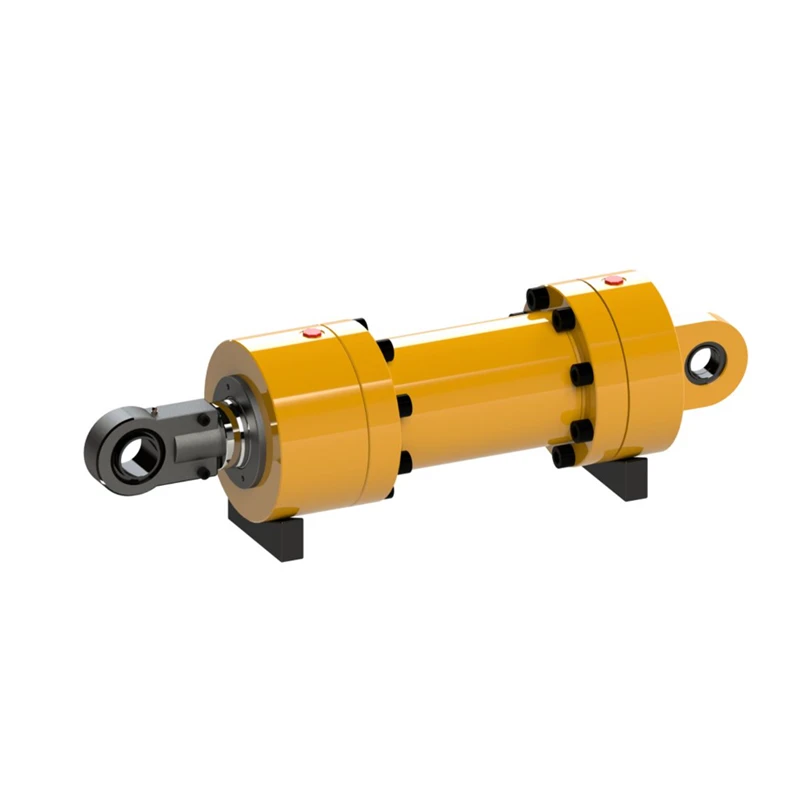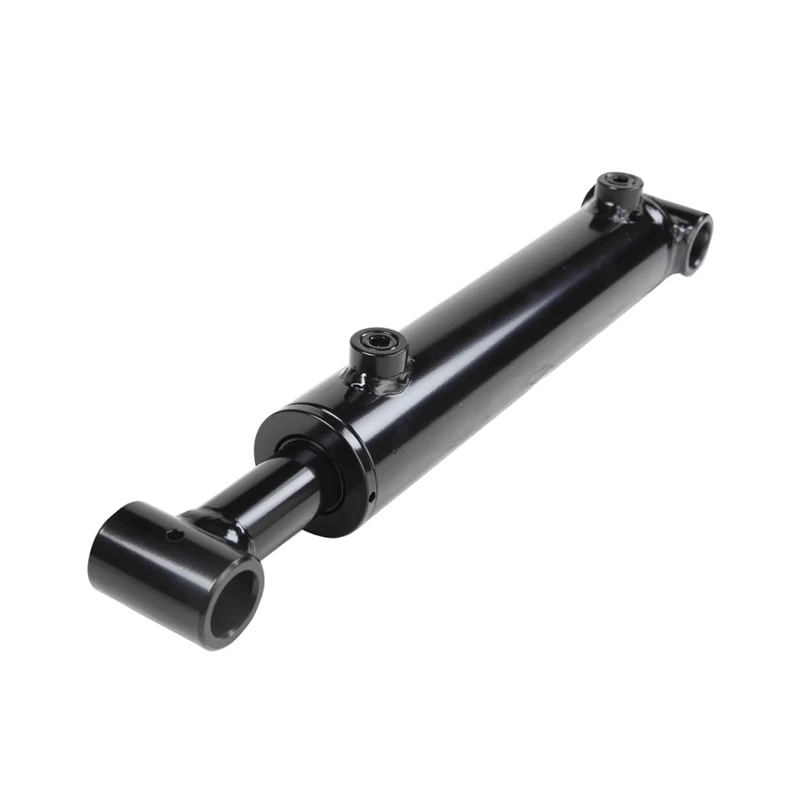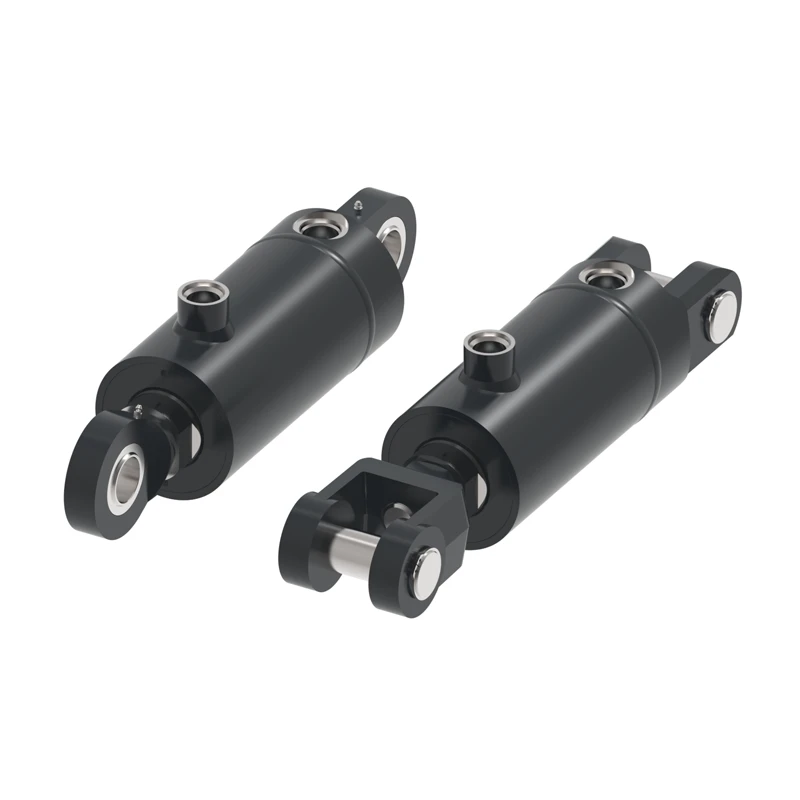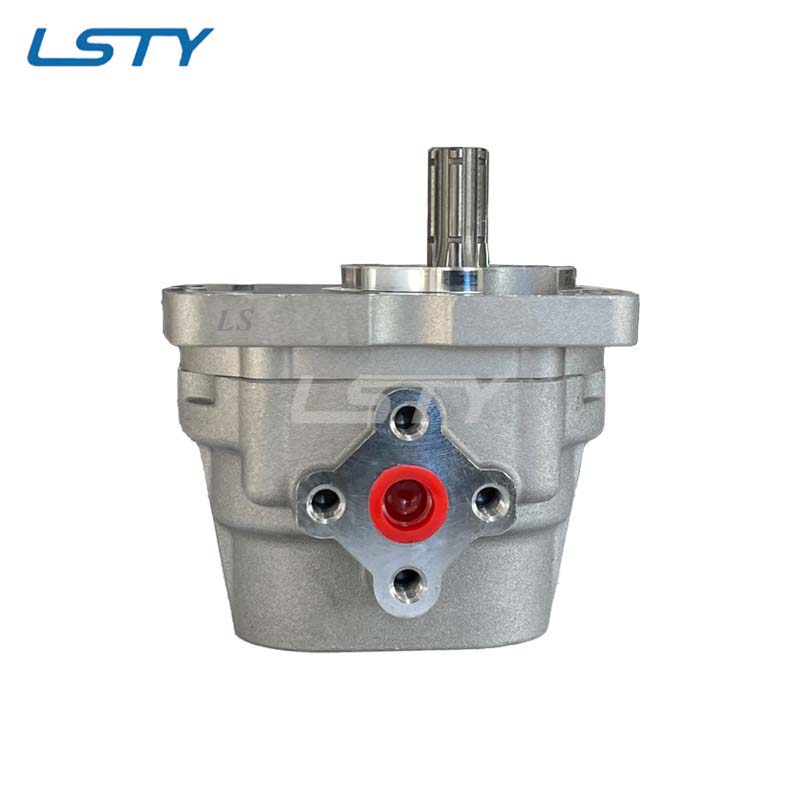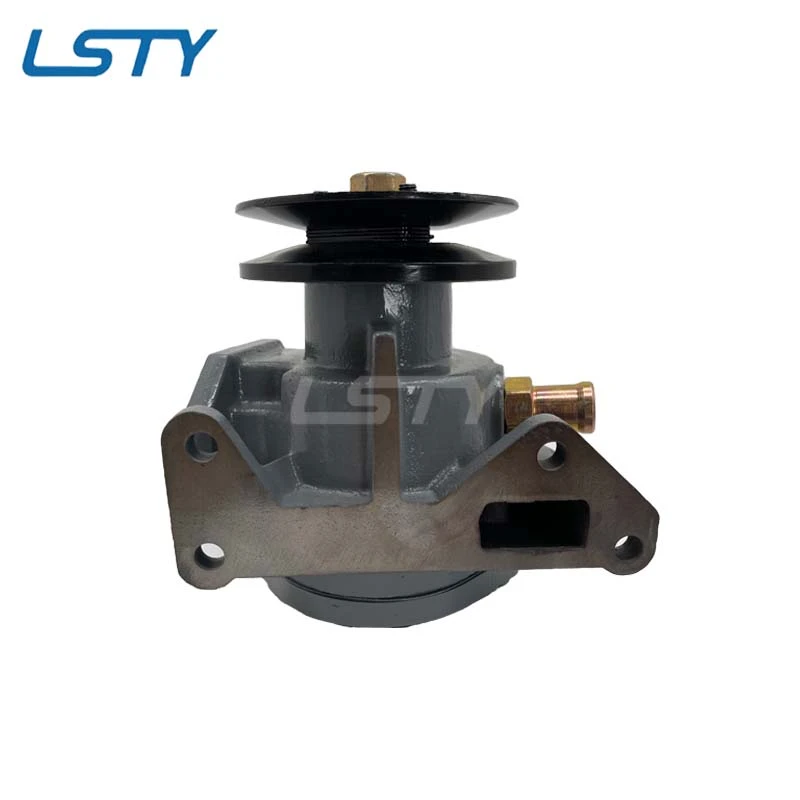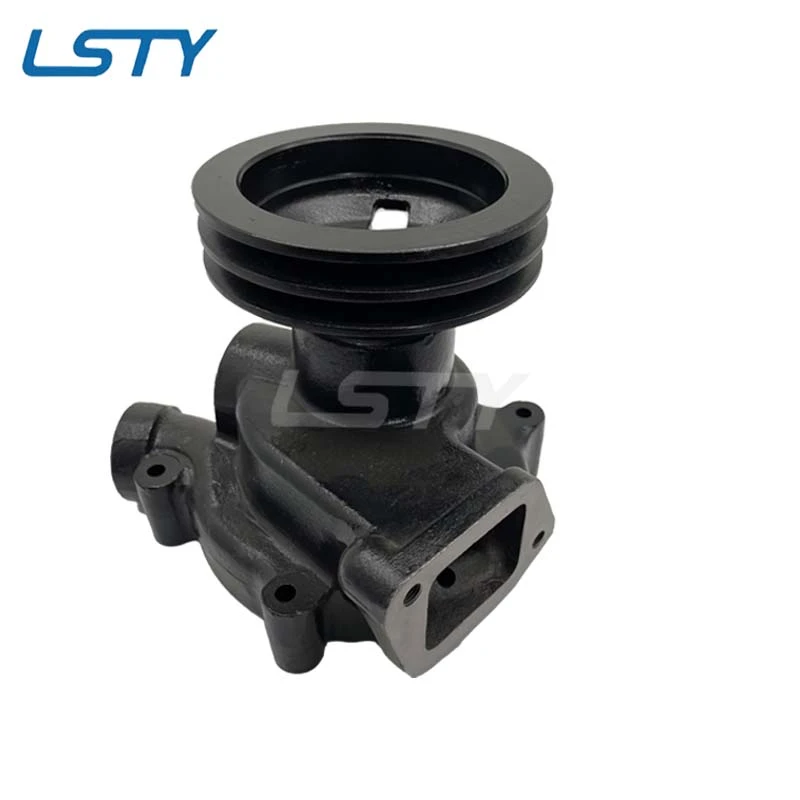Hydraulic Directional Control Valve Types: Comprehensive Guide & Applications
Back to list
Hydraulic directional control valves are the backbone of modern fluid power systems, precisely regulating the direction of hydraulic oil flow to actuate machinery and equipment. Understanding hydraulic directional control valve types is crucial for engineers, maintenance professionals, and manufacturers seeking optimal system design and energy efficiency. This guide explores technical trends, technology parameters, application scenarios, competitive benchmarks, and exclusive advantages of the hydraulic directional control valve types—with real industry data, diagrams, and case references.
1. Defining Hydraulic Directional Control Valve Types
What is a directional control valve? It is a device used to direct, start, stop, or change the path of pressurized hydraulic fluid. There are several main hydraulic directional control valve types, including:
- Spool Valves – Commonly used, the spool slides inside a cylinder to control flow paths.
- Poppet Valves – Use poppet elements seating against valve body for rapid switching and minimal leakage.
- Rotary Valves – With rotating elements, for compact design and specific direction switching.
- Solenoid-Operated Valves – Electrically actuated, enabling integration with automated and remote-controlled systems.
- Manual/Lever-Operated Valves – Used in simple, cost-effective circuits.
Each type serves distinct operational needs and can be specified according to actuation type, number of ports, flow direction, pressure rating, and control accuracy.
directional control valve types are well documented and can be visualized in technical documentation (see ScienceDirect, 2023).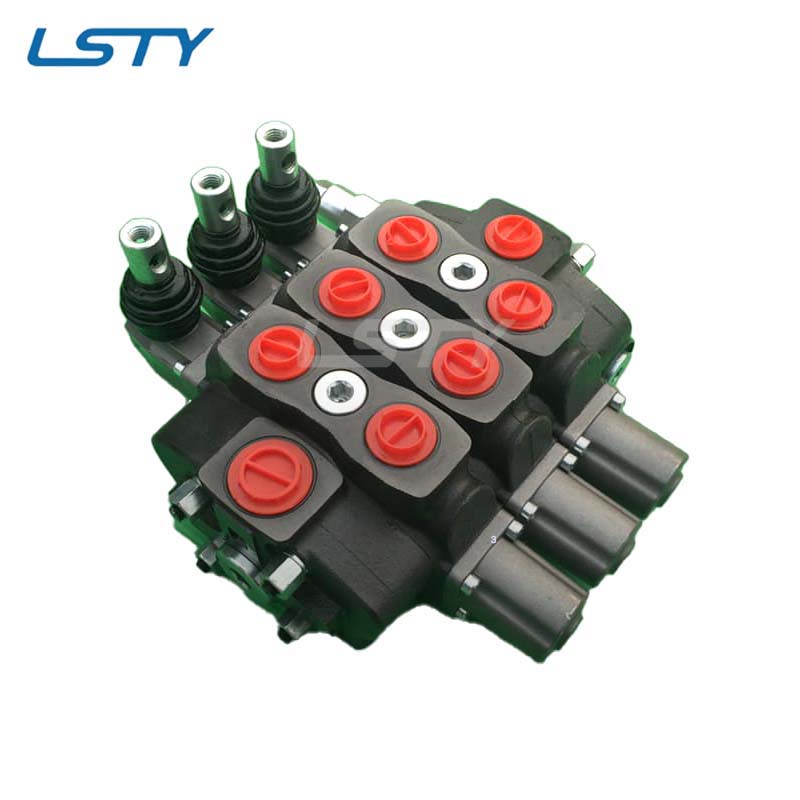
1.1 Sectional & 7-Spool Hydraulic Valves: Key Technologies
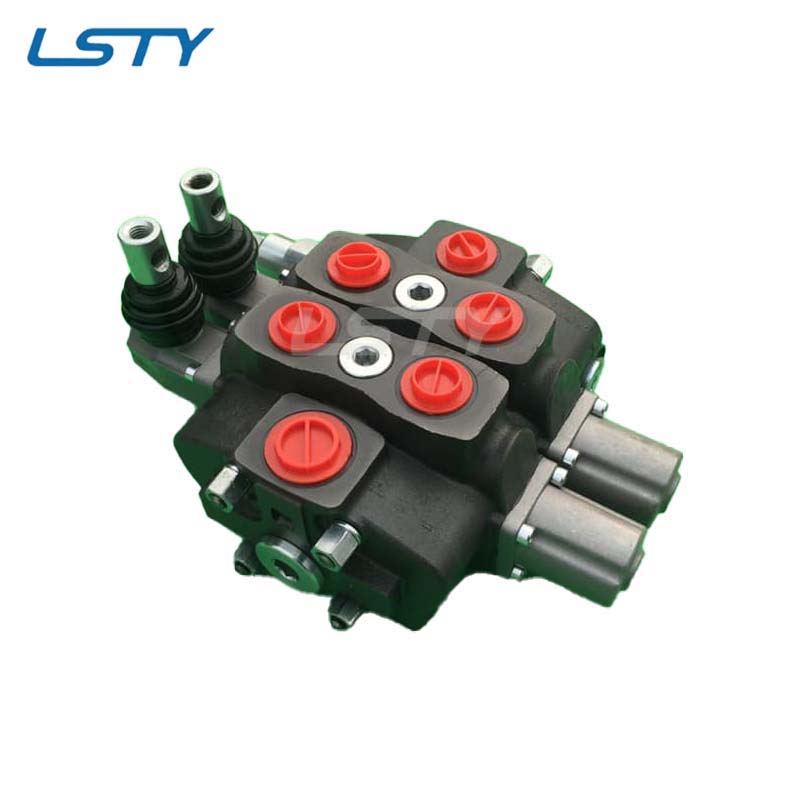
2. Hydraulic Directional Control Valve Types Parameter Table
| Valve Type | Structure | Actuation | Max Pressure (bar) | Rated Flow (L/min) | Leakage (cc/min) | Cycle Life (Million) | Industry Standard |
|---|---|---|---|---|---|---|---|
| Spool Valve | Sliding Spool | Manual/Electric/Hydraulic | 350 | 80-600 | <15 | 4-7 | ISO 4401, DIN 24340 |
| Poppet Valve | Poppet Seat | Electric | 320 | 30-350 | <4 | 6-10 | ISO 5781 |
| Rotary Valve | Rotating Channel | Manual/Remote | 250 | 40-180 | <7 | 3-5 | ANSI B93.9 |
| Sectional Control Valve | Modular Sections | Manual/Electric | 315 | 50-550 | <10 | 8-12 | ISO 5599-2 |
| 7 Spool Hydraulic Valve | 7-Section Spool | Manual/Electric | 315 | 70-470 | <12 | 7-10 | ISO 4411 |

3. Latest Trends in Hydraulic Directional Control Valve Types
- Adoption of Smart Valves with electronic feedback and remote monitoring (IoT integration)
- Rise in modular and sectional control valve demand due to industrial machinery complexity (Reference: "Global Hydraulic Valve Market", Markets&Markets, 2023)
- Stringent adherence to ISO/ANSI standards for reliability and interchangeability
- Eco-friendly materials & surface treatments, boosting corrosion resistance and longevity
- Energy-saving flow path design, reducing power consumption in large-scale hydraulic circuits
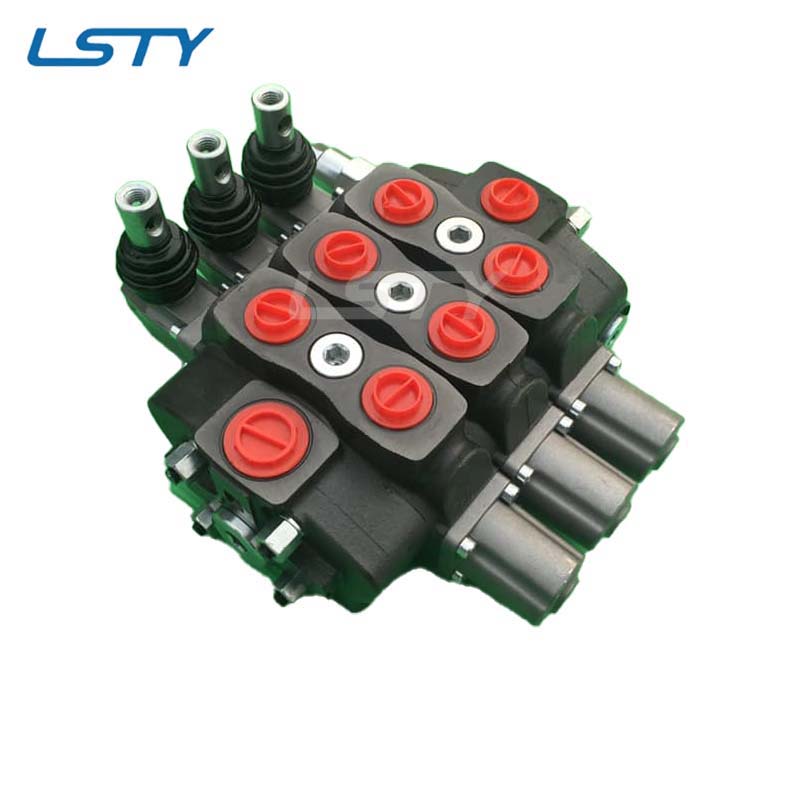
4. SD25 Series Hydraulic Directional Valve: Technology & Specification Deep Dive

- Customizable Spool Count: 1 to 12 spools, supporting complex multi-actuator configurations.
- Material: High-grade ductile iron body; hardened and ground steel spools for extreme wear resistance.
- Manufacturing: Precision CNC machining, advanced surface finishing (Nitriding/Blackening), ISO 9001 QA.
- Flow Rate: 80–550 L/min; Pressure: up to 315 bar; Leakage <10cc/min.
- Seal: FKM/Nitrile, compatible with hydraulic and biodegradable oils.
- Application Range: Mobile machinery, industrial automation, metallurgy, petrochemical, construction, agricultural, and marine industries.
- Certifications: ISO 5599-2, ANSI, CE, and compliant with RoHS/REACH standards.
- Cycle Life: 10 million+ cycles (in-house test data, Test Report PDF)
- Warranty: 18 months. Full global technical support.
4.1 Manufacturing Process Flow of SD25 Series Valve

4.2 SD25 Series Key Specification Comparison
| Valve Brand | Spool Count (Max) | Pressure (bar) | Flow (L/min) | Material | Operating Life (Cycles) | Certifications | ISO Compliance |
|---|---|---|---|---|---|---|---|
| SD25 Series | 12 | 315 | 550 | Ductile Iron + Hardened Steel | 10M+ | CE, RoHS, REACH | Yes |
| Rexroth M4-12 | 10 | 320 | 480 | Cast Iron + Alloy | 7M | CE | Yes |
| Parker D1VW | 8 | 315 | 350 | Steel | 5M | RoHS | Yes |
| Yuken DSG-03 | 6 | 250 | 300 | Iron | 3M | REACH | Yes |
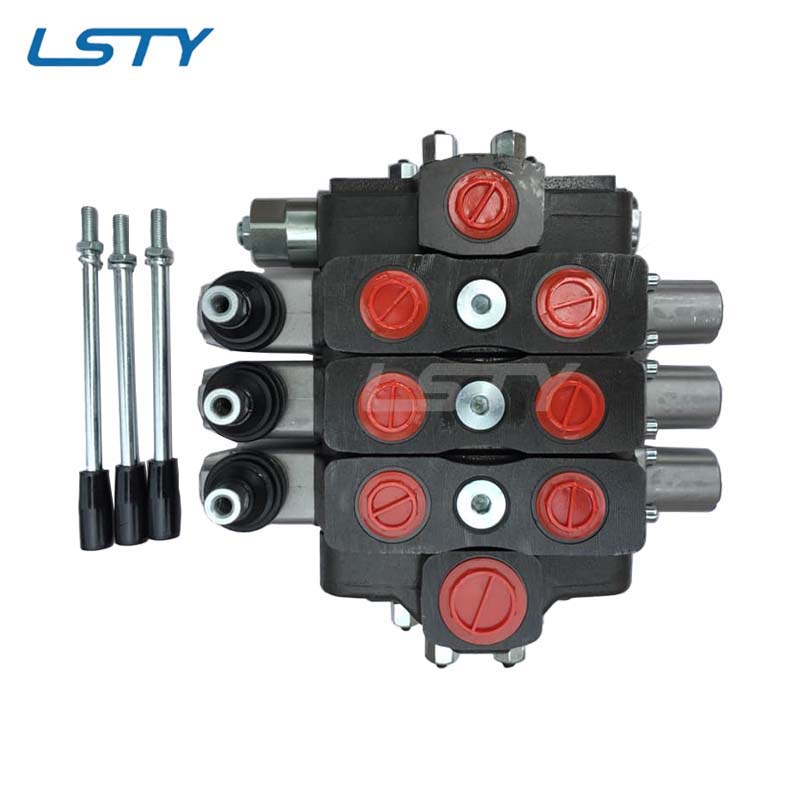

5. Application Scenarios & Real-World Advantages
- Heavy construction machinery (excavators, loaders): Multi-actuator control increases maneuverability & efficiency
- Metallurgical plants: Resistance to aggressive media and high-cycle fatigue tested (>10M cycles)
- Petrochemical facilities: Anti-corrosion surface and leak-proof seals comply with ISO 5599-2 safety standards
- Agricultural and forestry equipment: Flexible configuration adapts to varied work requirements and reduces downtime
- Municipal water/wastewater automation: High accuracy and easily servlceable due to modular design
- Rapid on-site spool module replacement (mean swap time < 17 min)
- Energy-saving internal flow path reduces pressure loss by up to 21% (independent test, 2023)
- Multi-media seal compatibility ensures long-term reliability in demanding environments
- Remote diagnostic options available via CAN-bus integration

6. User Feedback & Service Experience (EEAT)
“SD25 Series hydraulic sectional valve significantly reduced our downtime. The modular spools and reliable seals withstood continuous 24/7 mining cycles over 18 months with zero leakage. Technical support provided rapid on-site troubleshooting. ISO-certified, cost-effective, and fully meets our expectations.”
– Plant Engineering Supervisor, South America
- ISO 5599-2, ISO 9001, ANSI B93.9, CE, RoHS/REACH
- 5+ years of stable OEM partnership with European, North America, and SEA machinery manufacturers
- Reference: “Hydraulic Valves: Evolution and Reliability”, International Fluid Power Society

7. Customization Process, Delivery & After-Sales Guarantee
- Customization: 3-day digital simulation (flow/pressure), fast-prototype in 7 days, mass production from 12–21 days for batch (<1000 units).
- Delivery: DAP/DDP/FCA global delivery, traceable freight solution.
- Warranty: 18 months (or 10 million cycles), full technical service, on-site support for OEM/ODM clients.
- Support: 24h tech hotline, email/chat, PDF/Video install guides in English, Spanish, Chinese.
8. Technical FAQ: Hydraulic Directional Control Valve Types
A: The body is high-strength ductile iron (QT450-10), the spool is carburized and hardened alloy steel, and seals use FKM or nitrile for oil/corrosive fluid compatibility.
A: The SD25 supports up to 315 bar (4568 psi) and flow up to 550 L/min, suitable for large industrial and mobile applications.
A: ISO 5599-2 and ANSI B93.9. Mounting holes and port arrangements fit international machinery and piping layouts.
A: Standard options: BSPP/G/NPT from 1/2" to 1 1/4", flange or thread connection, customizable for special requests.
A: Double-lipped seals, precision polishing (Ra≤0.2μm), and optimised gap fit keep leakage under 10cc/min (per ISO 4401).
A: Yes, the modular sectional design means each spool section is individually serviceable without breaking the full assembly.
A: Yes, full manuals, installation guides, and certificates are available for download in PDF format.
9. Downloadable Resources
- Full sectional control valve technical catalog PDF: Download
- 3D drawings & hydraulic circuit diagrams (DXF/STEP): Available upon request via email
- Sectional valve test and compliance reports: View report
- Technical videos (manufacturing, installation): YouTube: Hydraulic Directional Valve Process
10. Conclusion & Industry References
— Hydraulic & Pneumatic Magazine, 2023 [Hydraulics Online Forum]
- International Fluid Power Society — Valve best practices, standardization insights
- Hydraulics & Pneumatics Journal — Latest articles and industry trends
- ScienceDirect: Directional Valves Research
- Markets & Markets: Hydraulic Directional Valve Market Analysis
-
Tandem Hydraulic Pump for Multi - Function SystemsNewsJul.16,2025
-
Selecting The Right Hydraulic Motor TypeNewsJul.16,2025
-
How Air Directional Control Valves Power Your Pneumatic WorldNewsJul.16,2025
-
Engine Cooling Pump Bearing Noise CausesNewsJul.16,2025
-
Double-Ended Hydraulic Cylinder in Steel Rolling MillsNewsJul.16,2025
-
Design Optimization for Efficient Metal CastingsNewsJul.16,2025
-
Unveiling the Power and Precision of Hydraulic CylindersNewsJul.16,2025








